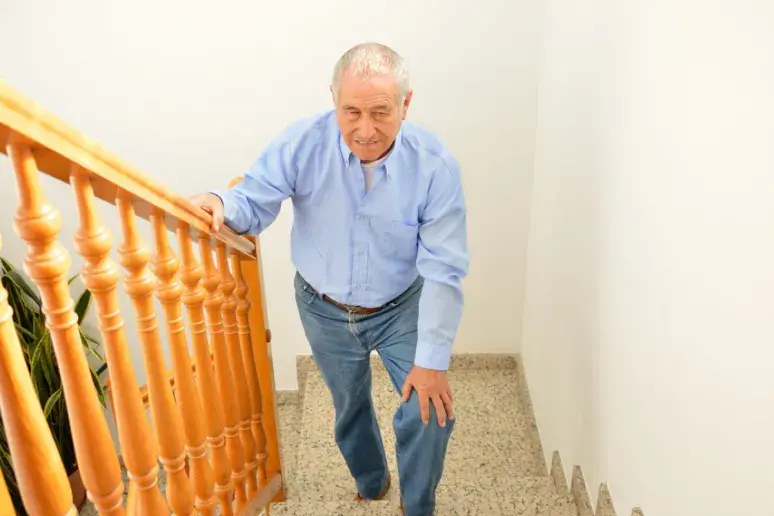
Medical waste could be used to create new hips for osteoarthritis sufferers
An alternative method of replacing joints in osteoarthritis sufferers has been proposed by a group of scientists in Scotland. The researchers at the University of Strathclyde are undertaking a three-year project to see how effective it could be to grow new hips, wrists and knees from medical waste.
Some nine million people in the UK are thought to have osteoarthritis, which is caused when the bones in a joint rub together, as cartilage is lost. It is a common issue in the elderly and is often treated by replacing the joints, but artificial replacements wear out after just a few years.
The groundbreaking idea that has been put forward is to use the 100,000 tons of medical waste that is produced by the NHS every year to create joints out of stem cells. This fat tissue, bone and other body parts removed from patients costs the health service millions of pounds to dispose of, so using it in this manner could be a win-win situation.
One of the benefits of growing new bone and cartilage in this way is that the replacements will be much stronger than artificial joints. This means they could last the recipient for the rest of their life and cut down on additional costly operations.
Painkillers and steroid injections are used to reduce inflammation and make movement more comfortable for patients, but this is only a short-term fix. Some 100,000 people a year need new knees in the UK, alongside 60,000 who require replacement hips.
At present, artificial joints last around 20 years, with the strain that had affected the original bone putting pressure on the new hip or knee. This leads it to start breaking down and releasing particles of metal or plastic, which restart the inflammation process.
By this time the patient is likely to be particularly elderly, making a second surgery a risky undertaking. The Scottish project, if successful, could eradicate these issues, with one operation being enough to keep an individual active and pain-free for decades.
Harvesting stem cells from a patient to grow a new joint would be a painful process, as they need to be carefully extracted from the surface of the bone. This makes using medical waste a much better solution.
After obtaining the cells in sterile conditions, the scientists use a 3D printer to build up layers into the exact shape of the replacement joint. Cartilage cells are then added to create a protective layer over the top of the bone and offer a fully functioning replacement.
If the three-year project is deemed a success, patients could start to have these custom-made joints fitted as early as 2020. As opposed to the off-the-shelf alternatives, they will be the same size and shape as the original knee and hip that was worn away over the years.
Professor Brendon Noble, chief scientist at the UK Stem Cell Foundation, told the Daily Mail: “Using medical waste is fairly standard in research and is becoming more so in the development of new treatments.”
Find your nearest Barchester care home
With over 200 care homes in the UK, there's always a Barchester care home near you.
